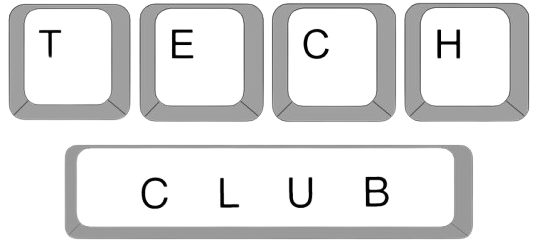
Introduction:
As artificial intelligence continues to advance, the realm of conversational AI has witnessed exponential growth, with ChatGPT emerging as a prominent player in the field. However, as with any technology, users may seek alternatives to suit their specific needs, preferences, or constraints. This article aims to explore various alternatives to ChatGPT, examining their features, capabilities, and potential applications in diverse contexts.
Understanding ChatGPT:
Before delving into alternatives, it’s essential to understand the capabilities and limitations of ChatGPT. ChatGPT, powered by OpenAI’s GPT architecture, excels at generating human-like text based on input prompts, engaging in natural language conversations, answering questions, and completing tasks such as summarization and translation. Its versatility and adaptability make it suitable for a wide range of applications, from customer service chatbots to virtual assistants and content generation tools.
Alternatives to ChatGPT:
1. Rasa:
Rasa is an open-source conversational AI platform that enables developers to build and deploy their chatbots and virtual assistants. Unlike ChatGPT, which relies on pre-trained models, Rasa allows for greater customization and control over the conversational experience. Developers can define custom intents, entities, and dialogue flows, making it ideal for building highly tailored conversational experiences.
2. Dialog flow:
Dialog flow, a product of Google Cloud, offers a user-friendly platform for building conversational interfaces, including chatbots, voice assistants, and interactive voice response (IVR) systems. Leveraging Google’s natural language understanding (NLU) capabilities, Dialog flow provides robust support for recognizing user intents, extracting entities, and managing conversational context. It integrates seamlessly with other Google Cloud services and third-party platforms, making it a popular choice for businesses seeking AI-powered customer engagement solutions.
3. Microsoft Bot Framework:
Microsoft Bot Framework provides a comprehensive set of tools and services for building, deploying, and managing chatbots across multiple channels, including web, mobile, and messaging platforms. With support for various programming languages and frameworks, developers can create chatbots tailored to their specific requirements, leveraging Microsoft’s cognitive services for natural language understanding, sentiment analysis, and speech recognition.
4. Wit.ai:
Wit.ai, acquired by Facebook in 2015, offers a platform for building conversational interfaces with minimal coding effort. Developers can train custom models to understand user inputs and extract relevant information using Wit.ai‘s natural language processing (NLP) capabilities. With support for multiple languages and integration with popular messaging platforms, Wit.ai enables developers to create chatbots and voice assistants that deliver personalized and contextually relevant experiences.
5. IBM Watson Assistant:
IBM Watson Assistant empowers businesses to create AI-powered virtual agents capable of engaging in natural language conversations, answering questions, and completing tasks across various channels. Leveraging IBM’s advanced NLP and machine learning technologies, Watson Assistant can understand user intents, extract entities, and maintain context to deliver personalized interactions. It offers flexible deployment options, including on-premises, cloud, and hybrid configurations, catering to diverse enterprise needs.
Considerations for Choosing a ChatGPT Alternative:
When evaluating alternatives to ChatGPT, several factors should be considered:
– Customization: Determine the level of customization and control required for building conversational experiences tailored to your specific use case and audience.
– Scalability: Assess the scalability of the platform to accommodate growing user demand and support integration with existing systems and infrastructure.
– Integration: Consider the ease of integrating the conversational AI solution with other applications, databases, and third-party services to enhance functionality and interoperability.
– Compliance and Security: Ensure that the chosen platform adheres to relevant data privacy regulations and security standards, protecting sensitive information and maintaining user trust.
– Cost: Evaluate the pricing model and licensing options offered by the platform, considering factors such as usage-based pricing, subscription plans, and additional fees for premium features and support.
Conclusion:
While ChatGPT remains a powerful and versatile tool for generating human-like text and engaging in natural language conversations, exploring alternatives can provide insights into the diverse landscape of conversational AI. Whether building custom chatbots, virtual assistants, or voice-enabled applications, developers have a plethora of options to choose from, each offering unique features, capabilities, and deployment options. By carefully evaluating the requirements and considering factors such as customization, scalability, integration, compliance, and cost, organizations can select the most suitable ChatGPT alternative to meet their specific needs and objectives in the evolving field of conversational AI.
